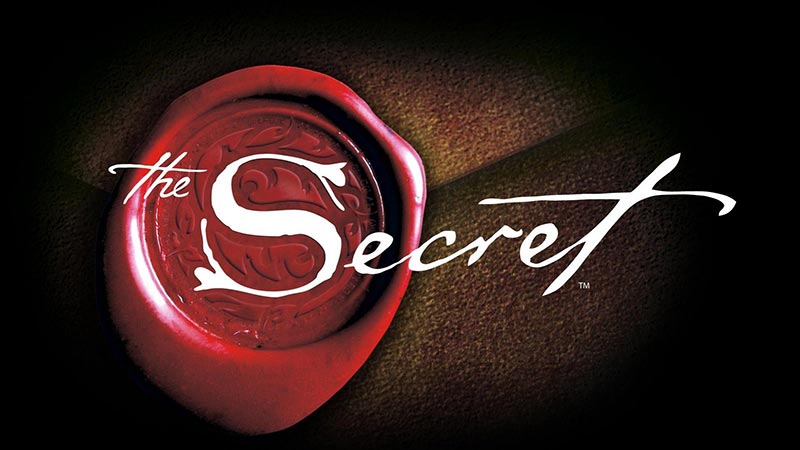The Bahá’í teachings proffer a profound understanding of the human experience, encapsulated within the concept of seeing the world in symbols. This perspective invites individuals to explore a deeper layer of existence, a realm where the apparent and the esoteric coexist harmoniously. The inquiry into the symbolism of life reveals an intricate tapestry interwoven with meaning and purpose. Through this lens, one can appreciate both the mundane and the extraordinary realms of the universe.
At its core, the Bahá’í Faith posits that the physical world is a reflection of a higher spiritual reality. This duality underscores the significance of interpreting the fallen leaves not merely as remnants of decay, but as symbols of transformation and renewal. Such illustrations abound within the teachings of Bahá’u’lláh, whose revelations advocate for a comprehensive understanding of reality transcending the superficiality of appearances.
To embark upon this journey of symbolic interpretation, it is essential to grasp the fundamental premise: that everything in existence serves a purpose while bearing a deeper meaning. Whether encountered in nature, art, or human interaction, symbols compel individuals to engage more deeply with their surroundings. Thus, the ordinary transforms into the extraordinary, allowing for nuanced reflections on the nature of existence.
One of the most compelling observations regarding symbols is their universal appeal. Across disparate cultures and epochs, symbols have played a pivotal role in conveying complex ideas and emotions. The Bahá’í teachings elucidate the importance of this phenomenon, emphasizing that humans are inherently inclined towards symbolization. The process of interpreting symbols fosters a sense of unity among diverse communities, forging connections that transcend geographical and cultural barriers.
Furthermore, the act of discerning meaning within symbols serves as a catalyst for personal growth and spiritual enlightenment. In Bahá’í thought, this transformative process is often likened to the process of alchemy—whereby the individual seeks to transmute the base elements of life into gold. This metaphor encapsulates the notion that life’s challenges and tribulations can be viewed as opportunities for learning and self-discovery. Through examining the symbols represented in life’s trials, one may uncover insights that lead to profound personal revelations.
Moreover, symbols often elicit an emotional response, igniting a passionate fascination that draws individuals toward engagement. This inherent curiosity fuels the quest for knowledge, encouraging individuals to seek out the stories hidden beneath the surface. The Bahá’í teachings exhort believers to cultivate this inquisitive spirit, as it aligns with the very purpose of life—expanding one’s horizons and deepening one’s understanding of the divine.
To further illustrate the intersection of life and symbolism, consider the phenomenon of nature as a veritable tapestry of signs and signs, each carrying its own narrative. For instance, the cyclical nature of seasons symbolizes the perpetual ebb and flow of life itself. Each season represents a phase of existence—birth in spring, flourishing in summer, transition in fall, and dormancy in winter—yielding insights into the resilience inherent in life. Recognizing the profound connection between the cycles of nature and the spiritual journey human beings undertake provides an avenue for deeper appreciation of one’s experiences and surroundings.
In addition to nature, literature and the arts frequently serve as a conduit for exploring symbols and their meanings. The Bahá’í paradigm highlights the importance of artistic expression as a means of elucidating spiritual truths. Many narratives woven into literature encapsulate timeless wisdom—themes of love, sacrifice, unity, and transformation persist through the ages. Through the art of storytelling, individuals can unveil the layers of symbolism embedded within the human experience, leading to insights that resonate across generations.
Furthermore, the power of symbols can be harnessed to foster community and enhance social cohesion. In Bahá’í communities, the emphasis on shared symbols—the emblem of the Nine-Pointed Star, for instance—reinforces a collective identity rooted in unity and diversity. This communal aspect of symbolism urges followers to elevate the reciprocal relationships they nurture with others, fostering an environment of mutual respect and understanding. The Bahá’í teachings advocate for the recognition of shared symbols that transcend individual identities, promoting the ideal of a unified global society.
Yet, this exploration of symbolism in the Bahá’í context is not devoid of challenges. The proliferation of subjective interpretations can lead to misunderstandings or misappropriations of symbols. It is imperative, therefore, to approach symbolism with discernment and an open heart, cognizant of the broader context in which these symbols exist. The Bahá’í perspective encourages believers to ground their understanding within the framework of divine guidance, thereby ensuring that interpretations remain aligned with the teachings of Bahá’u’lláh.
In conclusion, the Bahá’í view of life as a canvas of symbols offers a transformative lens through which to perceive the world. By uncovering the deeper meanings embedded in the ordinary moments of existence, individuals can cultivate a richer understanding of their experiences while fostering connections with others. This perspective not only enhances one’s personal journey but also serves to illuminate the interconnected web of humanity, promoting unity amidst diversity. As seekers traverse the myriad pathways of comprehension, the symbols of life remain steadfast, inviting exploration and contemplation on the journey toward spiritual fulfillment.
